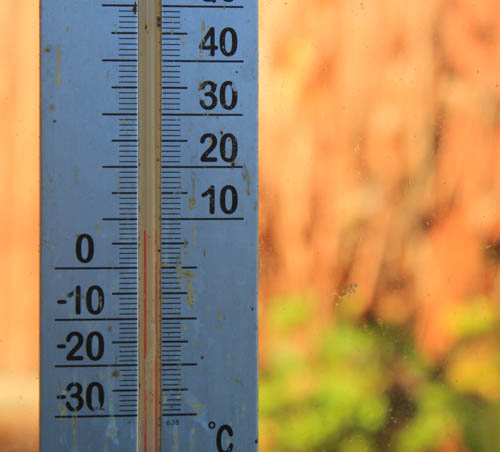
As the nights draw in and temperatures drop there is still plenty to do in the greenhouse.
Sow sweet peas in a cool greenhouse for an early display next year. For more details, see October’s diary.
Continue to sow batches of winter salads weekly in an unheated greenhouse (See September diary). As temperatures are lower Lightly moisten the compost after sowing, so the seeds don’t become cold and waterlogged then gradually increase the amount after germination. Sow in trays or pots of compost, then plant seedlings into large containers, greenhouse borders or growing bags left over from earlier this year.
Cut back the main stems of Pelargoniums, that are being overwintered in the greenhouse to within a few inches of the base and keep them slightly moist, (more are killed by overwatering than under watering) maintaining a temperature of around 10°C (50°F). Tender Fuchsias and marguerites can be overwintered like this, too.
Ventilate the glasshouse as temperatures rise on dry days but keep ventilators closed on damp or foggy days. High humidity in the glasshouse encourages botrytis or grey mould, which is grey-brown and fuzzy in appearance. It spreads rapidly in damp conditions. Remove infected material, ventilate the greenhouse whenever possible or use a fan to improve air circulation.
If you have several clumps of rhubarb, at least three years old, lift a crown this month and leave it on the soil surface to be frosted ready for bringing into the greenhouse next month for forcing.
Lily of the Valley can be dug up, potted and forced in the greenhouse at from November. Rhizomes that are kept in a frost-free greenhouse over winter will stay in active growth, but given a little heat, they will be ready to flower shortly after replanting in the garden next spring.
Although hardy, alpine plants dislike the damp and benefit from protection during wet weather, when water settles in the rosettes and cause rotting. A cold greenhouse can take the place of a cold frame and will keep them dry over winter. Move alpine in pots into a cold greenhouse and put them back outdoors in spring.
Finish tidying the green house removing old crops, weeds and debris and brush out then wash pots and seed trays in a solution of disinfectant, rinse thoroughly, allow to dry then stack so they are ready for seed sowing next spring. Go through your collection of pots and trays to check you have sufficient numbers of the size you need and buy more if necessary.
Checking seed selling websites and catalogues and order early ready for next year. Buy seeds of flowers and vegetables that you like but always try something new, to broaden your taste. Make sure you consider the size of your greenhouse and don’t over order seeds for tender crops
If you enjoy working in your greenhouse over the winter, it is worth installing greenhouse lighting. It is well worth installing LED lighting to increase the length of the sowing season, too.
Happy gardening! Matt


